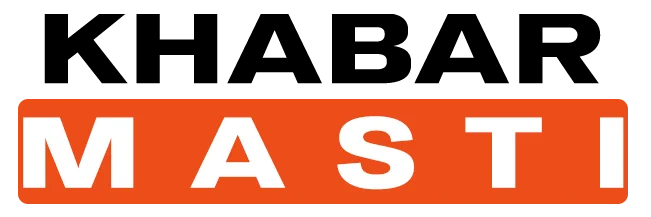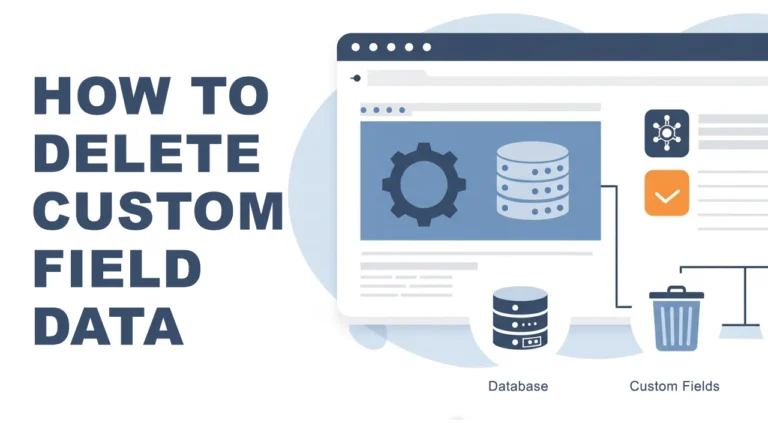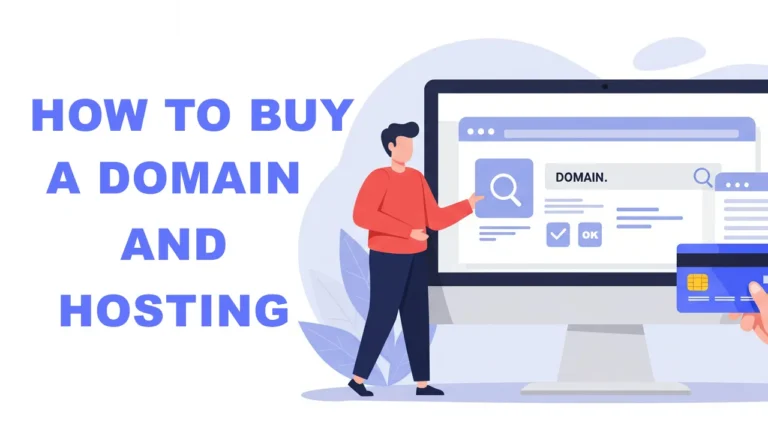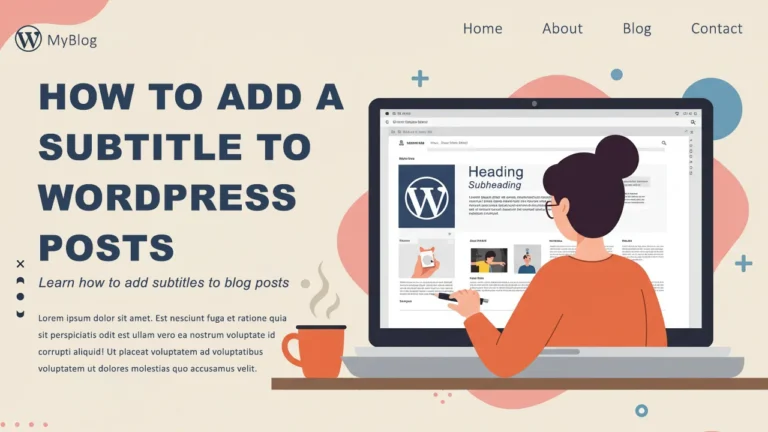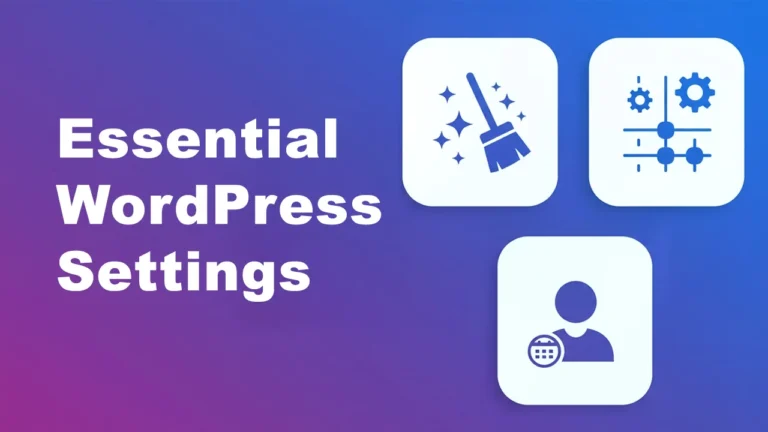How to Start a Blog in 2025 (and Smartly Make Money From It)
Let’s just cut to the chase here:
Yes, let’s just start a blog today
And nope, blogging is not dead. It’s just grown up a bit, gotten a glow-up, and found a new groove in the digital world.
If you’ve been toying with the idea of writing blog posts in your pajamas, hoping to somehow turn that into a real income stream or maybe even a freedom-filled business…
✨ You’re in the right place, friend. ✨
Because I’m going to show you how to start a blog in 2025 in a way that’s simple, easy, and actually makes sense. Whether you’re starting from zero, not super tech-savvy, or just feeling a little lost, you’re in the right place.

Grab your drink, and let’s get into it. ☕️
Blogging in 2025: Still Alive, Still Thriving (Why You Should Start a Blog Now)
Let’s bust the myth right now: Blogging is not outdated. It’s not on life support. It’s just been evolved.
In fact:
- Over 600 million blogs exist today.
- More than 7 million new blog posts are published daily.
- And blogging is now part of a $400+ billion industry that keeps growing every single year.
Blogs are no longer just online journals — they’re legit tools for education, storytelling, income generation, and community-building.
Step 1: Choose Your Niche
Let’s start with the big, scary word: niche.
It simply means — who do you want to help and how?
You don’t need to have a 10-year plan or a polished elevator pitch. But it helps to start with a focus. Here are a few blog niches that are still crushing it in 2025:
- Self-care & mental wellness
- Online business
- Digital marketing
- Health & nutrition
- Fitness
- Budgeting & personal finance
- Minimalism
- Travel
- Parenting
- Slow living / intentional living
- Home decor & DIY
And don’t overthink it — your niche will evolve over time. Just pick a starting point that lights you up and that someone else is searching for.
Step 2: Set Up Your Blog
I know this part feels overwhelming. But I promise, it’s not as techy as it sounds.
Here’s what you need:
- A domain name (yourblogname.com)
- Hosting (I recommend Hostinger, Bluehost, or SiteGround)
- A blogging platform (WordPress is the best CMS)
- An SSL certificate (Many hosting providers offers free SSL)

Pick a domain name, purchase it, and make it live.
It’s like moving into a digital apartment. No furniture yet, but the keys are yours.
Step 3: Theme and Plugins
Now that you have your blog “home,” let’s decorate it a little.
Your blog design should feel clean, and true to you. But don’t get stuck here!
Too many people spend months tweaking colors and fonts and never actually hit publish.
Here’s how to keep it simple:
- Use a free or paid WordPress theme (check out Creative Market or Etsy for budget-friendly options).
- Keep it clean: white space, easy-to-read fonts, and a calming color palette.
- Add a cute bio photo and short intro on your homepage.
That’s it! You can always come back later and glam it up.

Remember: Your goal here isn’t perfection. It’s progress. Hit publish first. Polish later.
Also Read: 10 Essential WordPress Settings You Must Configure for a Smooth Start
Step 4: Create Quality Content That Helps (and Ranks)
In 2025, content that connects will always outperform content that just chases SEO keywords. But that doesn’t mean you should ignore SEO altogether.
If you want to start a blog that people find through Google, you’ll want to use your focus keyword (like “start a blog”) naturally in your posts — especially in your headings, introductions, and key points.
Still, your voice is what makes your content stand out. Your story, your message, your ability to make someone feel seen. When you write your posts, focus on value — what problem are you solving, and how are you making your reader’s life easier or better?
When writing your first posts, keep these tips in mind:
- Start with value: What problem are you helping solve?
- Be skimmable: Use headings, bold text, bullet points.
- Tell stories: Real stories. Not AI-stuffed paragraphs.
- Add visuals: Photos, screenshots, graphics, and videos make your posts.
- Include a call-to-action: What should your reader do next?
Pro tip: Use AI tools to help with outlines or topic ideas — but always write with your real voice.
Step 5: Use Pinterest
Pinterest is still the most underrated traffic tool for bloggers — especially new ones.
Why?
Because it’s not really a social media platform. It’s a search engine.
Pinterest users are searching for solutions — not scrolling for entertainment.
Here’s what to do:
- Set up a Pinterest business account
- Create 3–5 boards that match your blog’s topics
- Design simple, scroll-stopping pins (use Canva!)
- Link every blog post to Pinterest
- Schedule pins consistently (Tailwind is great for this)
Pinterest does take time to build momentum — but when it hits? It really hits.
Step 6: Start Monetizing
Here’s the real talk: You can make money blogging — good money — but it takes time and strategy.
Most new bloggers won’t make $1k (₹85,600) in month one. And that’s okay!
Here’s how to ease into it realistically:
Months 1–6:
- Focus on building trust, content, and traffic
- Start growing your email list (use something simple like Flodesk, ConvertKit, or MailerLite)
- Join a few affiliate programs (Amazon Associates, ShareASale, etc.)
- Add affiliate links naturally into posts
Months 6–12:
- Apply for Google AdSense (or wait until you qualify for Mediavine or Raptive at 50k sessions)
- Experiment with digital products (printables, templates, mini courses)
- Promote a few strategic partnerships or sponsorships
Year 1 and Beyond:
- Launch an online course or membership
- Offer coaching or consulting
- Sell physical products or merch
- Expand into YouTube or podcasting
The key? Start small, build slow, and diversify income over time.
Step 7: Embrace the CEO Vibes
Being a blogger in 2025 isn’t just about writing.
It’s about being a creator, a storyteller, and yes — a business owner.
So treat your blog like a real business:
- Create a simple content plan
- Set aside work hours (even if it’s one evening a week)
- Invest in learning — courses, tools, templates
- Prioritize consistency over perfection
You don’t need to hustle. You don’t need to “go viral.”
You just need to show up, speak from the heart, and stay the course.
A Word on AI (And Why You Shouldn’t Be Scared of It)
Let’s talk about it: AI is here.
And yes, tools like ChatGPT can absolutely help you as a blogger.
But here’s the magic: AI is a helper — not a replacement.
Use it to brainstorm, outline, edit, optimize. But the soul of your blog? That has to come from you.
Google knows when something feels robotic. And more importantly — so does your audience.
In a world of bots and noise, real human connection is your superpower.
Final Thoughts
If you’ve made it this far, then I hope you feel a spark. That quiet little “maybe I can do this” whisper in your chest?
Listen to it.
Because blogging is not about being perfect.
It’s about being real.
It’s not about overnight success.
It’s about showing up — even when no one’s watching yet — and building something you’re proud of.
Whether you want to blog for freedom, income, creativity, or community — your voice matters.
So go grab your laptop.
And start a blog today.
FAQs about start a blog
Is blogging still worth it in 2025?
Yes, blogging is very much alive and thriving in 2025. With over 600 million blogs online and a content industry worth over $400 billion, blogging continues to be a powerful way to build authority, share your message, and generate income.
How much does it cost to start a blog?
You can start a blog for as little as $40–$100/year. This typically includes your domain name, hosting, and basic setup with WordPress. Many beginner-friendly hosting platforms offer affordable packages and even install WordPress for free.
What’s the best platform to start a blog on?
WordPress.org is the most recommended platform for serious bloggers. It’s self-hosted, flexible, SEO-friendly, and gives you full control over design and monetization.
Can I start a blog with no tech experience?
Absolutely. Most modern blog setups are beginner-friendly. Hosting companies like Bluehost or Hostinger offer 1-click WordPress installs, and there are thousands of beginner tutorials and drag-and-drop themes available.
How long does it take to make money from a blog?
It depends. Some bloggers make money within 3–6 months, while others take a year or more. Success depends on your niche, content strategy, traffic sources, and how often you publish and promote.
Do I need to choose a niche before I start?
Yes, choosing a niche helps you focus your content and attract a specific audience. However, your niche can evolve over time. Start with a topic you’re passionate about and that others are actively searching for.
How important is SEO when starting a blog?
SEO (Search Engine Optimization) is crucial for long-term traffic. While your content should connect with readers first, optimizing blog posts for keywords, search intent, and readability helps you rank on Google and reach more people.
Can I start a blog just using my phone or tablet?
Technically yes, but it’s more efficient to set up and manage a blog from a computer. Once your blog is live, tools like the WordPress mobile app let you manage content, reply to comments, and monitor traffic from your phone.
